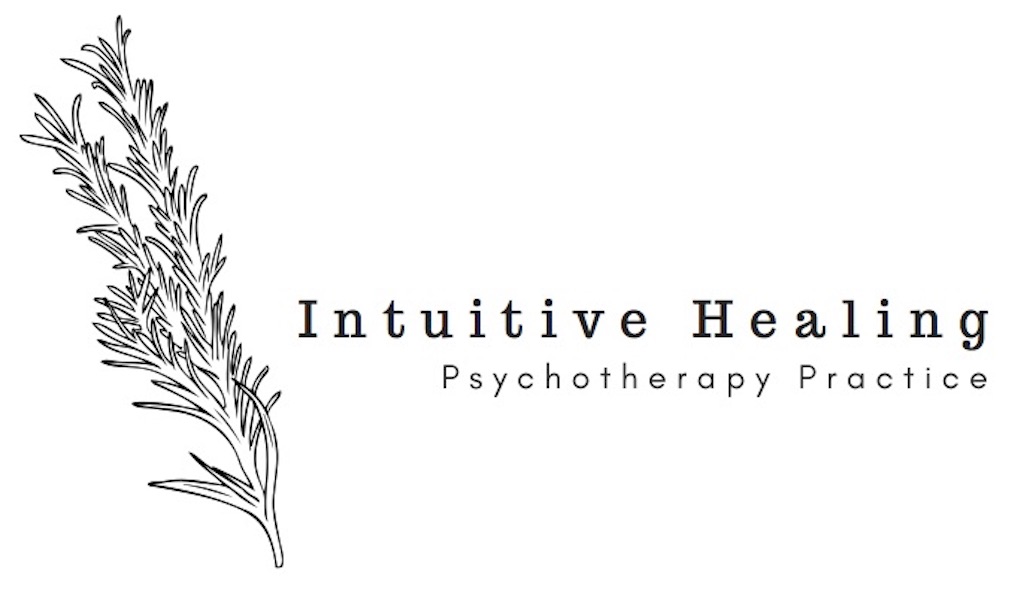Stuck Catastrophizing? Cope Ahead Instead.
Adrian Acevedo, MHC
Catastrophizing is a common cognitive distortion that affects many of us in times of stress. When we are in the midst of catastrophic thinking, we are likely to imagine present and future events as being more severely difficult than they actually are. The very real stressors of life can become unsurvivable, impossible, and unsolvable in our minds. Sometimes, we rely on catastrophic thinking to feel prepared for stressful events ahead. It is a misguided attempt at readying ourselves for disaster—I say misguided because these patterns of thinking often leave us feeling more overwhelmed and less capable.
How can we prepare for incoming stressors more effectively? Coping Ahead is a DBT skill used to rehearse coping for stressful events (a given in life!). Coping Ahead empowers us to conceptualize problems and stressors more rationally, and teaches us how to cope effectively through problem-solving where we can and learning to better meet our own needs.
How can you recognize when you are catastrophizing? What does Coping Ahead offer instead?
When you are stuck in a loop of catastrophic thinking (or any other cognitive distortion), it is an indication that you are over-relying on your Emotional Mind.
Coping Ahead is grounded in Wise Mind, allowing space for our emotions while reminding us to always check the facts. When we are in Wise Mind, we are more capable of making skillful decisions and coping effectively.
Catastrophic thinking can cause/be caused by mindlessness. You may find yourself struggling to be present and focused on relationships and important responsibilities, stuck in a loop with your anxious thoughts.
Coping Ahead is a mindful approach to regulating emotions that addresses the persistent and distracting rumination we can experience when we are catastrophizing.
One can conceptualize catastrophic thinking as obsessing and fixating on problems. When catastrophizing, we are only able to recognize obstacles, pitfalls, and problems. Hyperfocus on problems can turn every difficult situation into a crisis in our minds.
Coping Ahead prompts us to view problems and stressors in a more proportional and balanced way, taking into account multiple possible trajectories and solutions.
Catastrophizing makes crises out of problems and emphasizes the things that we cannot control. This can lead to resistance and self-dempowerment. If we spend enough time ruminating about unsolvable problems, we can begin to lose sight of our own capability and the things we actually can control.
Coping Ahead is an active and willing approach to moving through obstacles. It is a reminder of the ways we can self-soothe and take responsibility for our communication and actions.
Catastrophic thinking leads us to forget or reject our skills. When problems become bigger and bigger in our minds, it is easy to believe that the tools we have aren’t useful.
When practicing Coping Ahead, we prompt ourselves to think about the tools, skills, resources, and social supports we can access in times of high stress. In the moment and over time, this lends itself to resourcefulness, intentional connection with others, and feelings of competence.
Practice Coping Ahead Step-By-Step
Describe a situation that you expect to be difficult to cope with effectively. What are the details that you anticipate causing stress or distress? What might it look like to cope ineffectively? What emotions are you observing coming up as you begin to think through the scenario?
Decide on an effective coping strategy (or strategies) that you’d like to use to move through this situation skillfully. Be open to tried-and-true strategies and new ones. Consider the tools and skills you already know, and write them down. Create a list of self-soothing practices that have worked for you in the past. Think about a person or people in your life who are able to be supportive and empowering presences during stressful situations.
Imagine the stressful situation as if you were there, in it, in the present. Take note of your surroundings (environment and people) as well as your own thoughts and emotions. You may notice that they feel more vivid as you are visualizing.
Rehearse the coping skills you selected in step 2, including specific communication and behaviors that could help you through the situation. Notice emotions that come up when you imagine managing the problem/interaction well.
Practice relaxation using mindfulness skills or other self-soothing techniques (i.e. grounding yourself with your five senses, getting in touch with a friend, going on a walk, etc)
